SIVGA Luan HiFi Dynamic Headphones – Signal Precision Master
SIVGA Luan is a $359 USD pair of headphones, made by SIVGA Audio / with handmade wood housing and CNC metallic parts, a dynamic driver, and superb comfort. They will be compared to other high-end headphones, including Austrian Audio HI-X60, Erzetich Thalia, iBasso SR3, OLLO S5X, HIFIMAN Edition XS, and KLH Ultimate One.
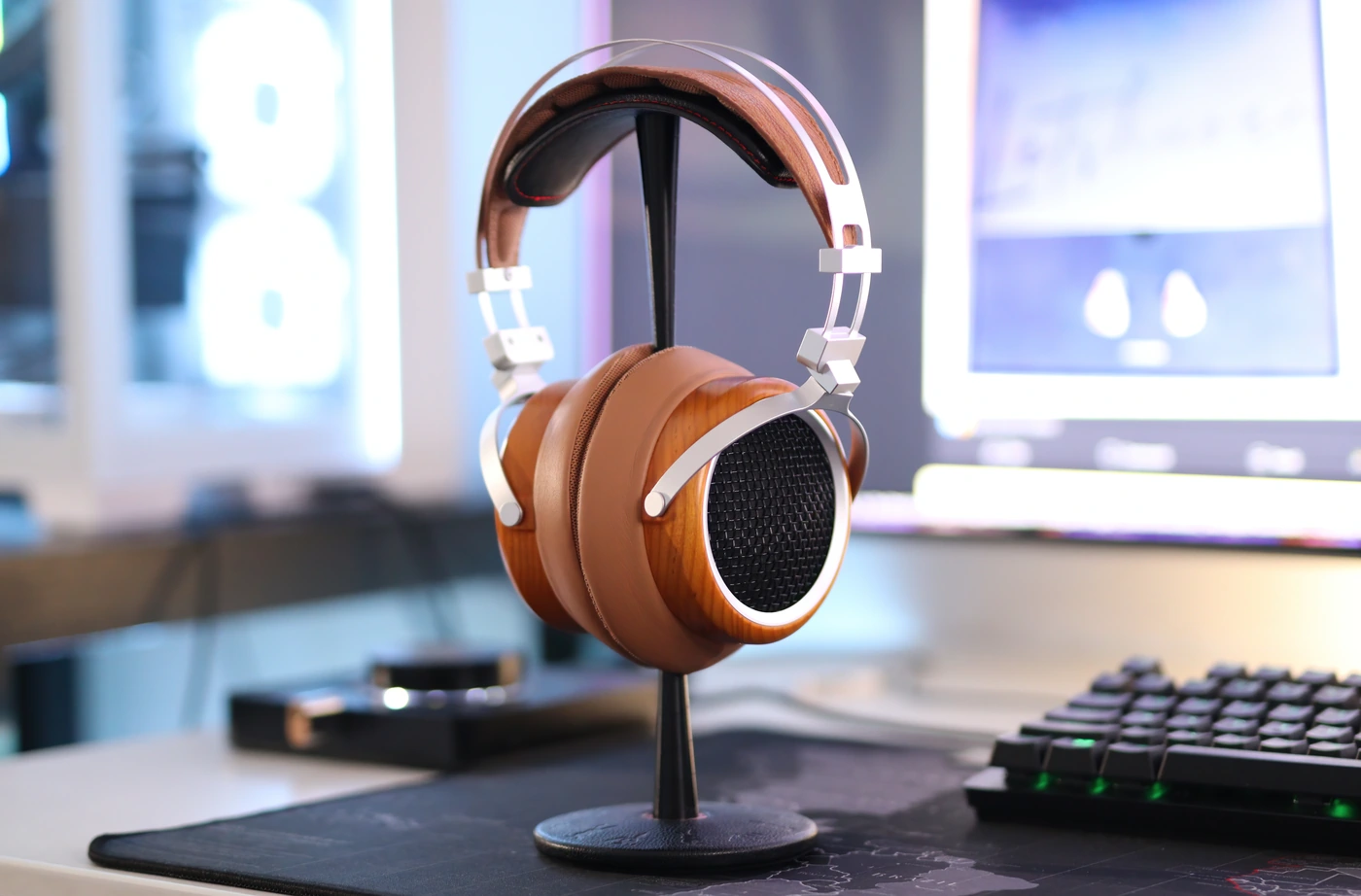
Introduction
Sivga Audio keeps creating and making some really excellent headphones, and Luan is their latest creation, with a price point that makes you already feel them on your head, as you see them in the online shops. The design makes them a superb headphone that is fashionable, and they are sold through a multitude of shops. I generally recommend purchasing from Amazon when possible, to take advantage of their return window that allows you to experiment a bit and get to know if you really vibe with the product you ordered.
It should be noted that I have absolutely no affiliation with Sivga Audio, I am not receiving any incentive for this review or to sweeten things out. I’d like to thank Sivga Audio for providing the sample for this review. Every opinion expressed is mine and I stand by it. The purpose of this review is to help those interested in Sivga Audio Luan Headphones find their next music companion.
Product Link
You can grab one from www.amazon.com here: https://amzn.to/3ONqvZi
If you’re in the UK, you can grab one from www.amazon.co.uk here: https://amzn.to/3OJPoou
And if you’re from Europe, you can grab one from www.amazon.de here: https://amzn.to/3qfFiCC
Build Quality/Aesthetics/Fit/Comfort
We have a premium dynamic driver headphone once again, and every single time I’m reviewing a Sivga Audio or Sendy Audi product I know things are going to be interesting, as they always deliver on the build quality. This time around we have a hand Made Wooden housing, with CNC metallic parts. The headphones feel incredibly sturdy, and they swivel in every direction, allowing you to get excellent comfort regardless of your head shape and size.
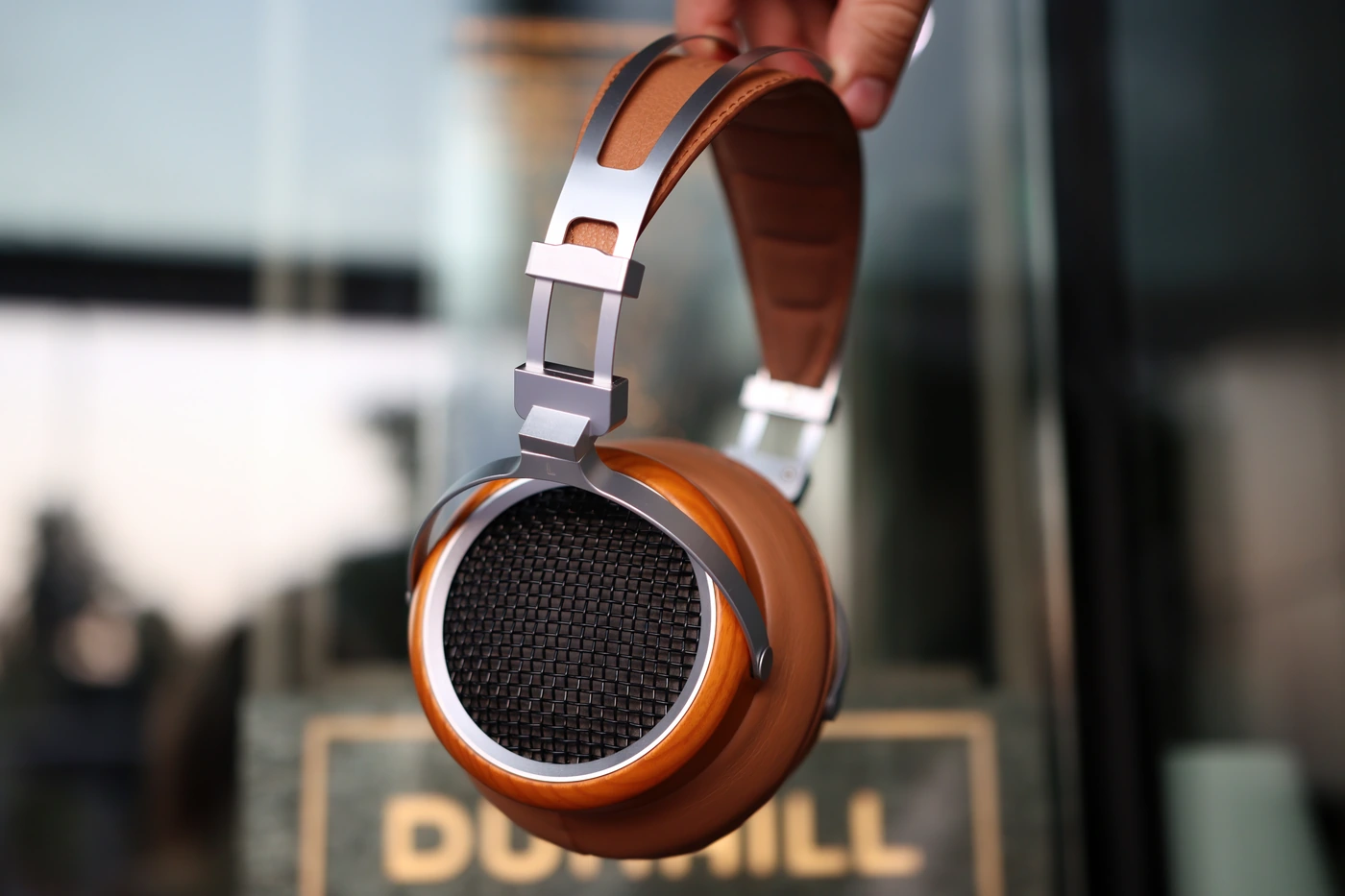
In fact, the earpads are some of the softest that I’ve ever seen, and Sivga Audio seems to be drawing inspiration from their own Apollo headphones, which also had huge and soft earpads. The headband also has a soft cushioning on the inner part, and a soft design as well. The fit has a loose / natural fit, with a clamping force that is just right. We have detachable cables based on the 3.5mm connector, with mono 3.5mm connectors for each cup. The cable is of a good quality as well, it is not tangle prone, but it is a bit springy. The cable has very little microphonic noise as it brushes against your clothes and face.
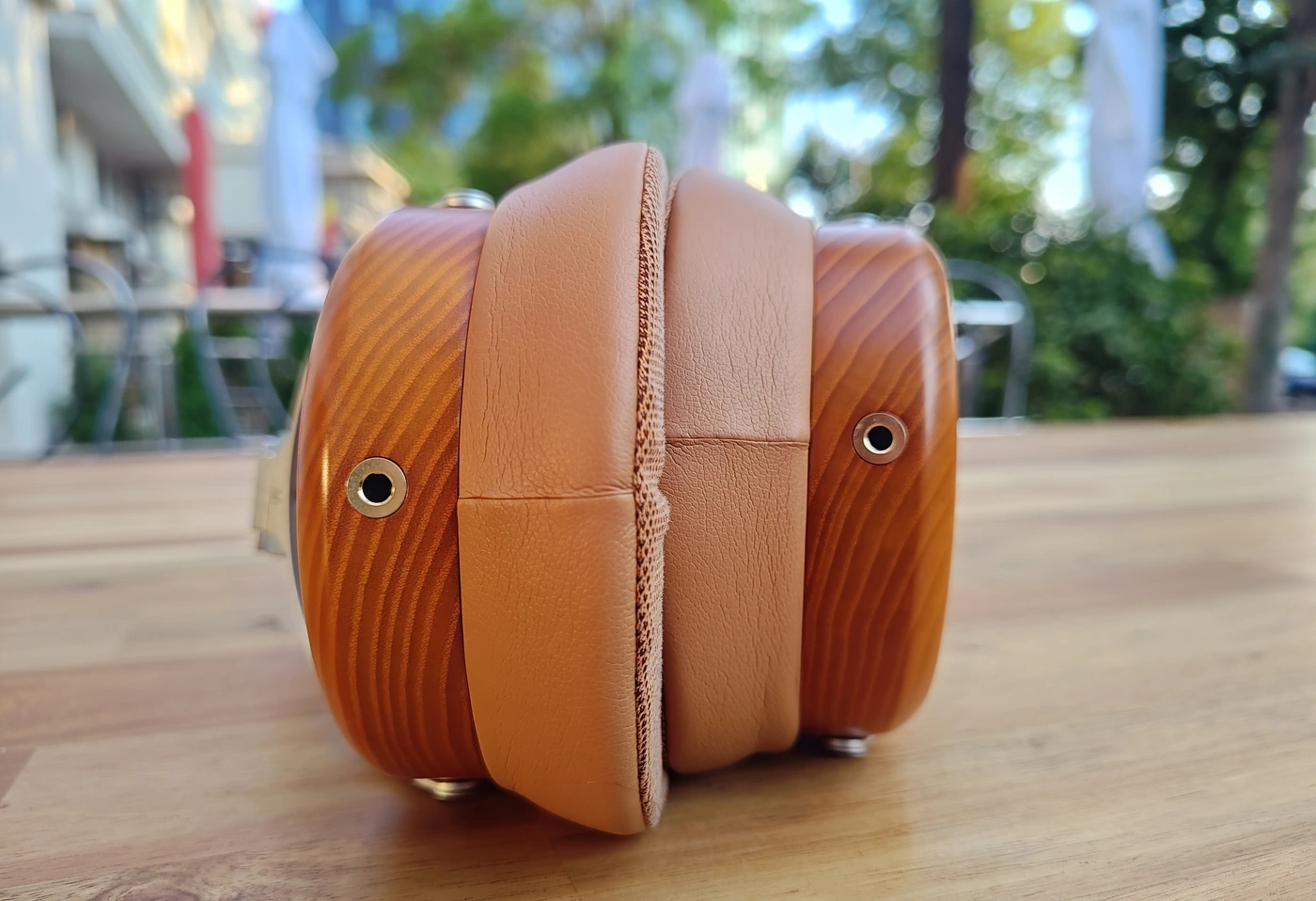
The driver inside of those headphones is the main reason to be excited about them, as we have a premium dynamic driver headphone made with nickel coating, and with a very rigid membrane. This can help a lot with the smoothness of the sound, along with the bass depth, and we have a dome made from macromolecular organic carbon fiber composite (this is paper as far as I can tell), which is known to be excellent at dampening excessive vibrations, and creating a smoother treble. The coil is made from copper clad aluminum, to be as light as possible.
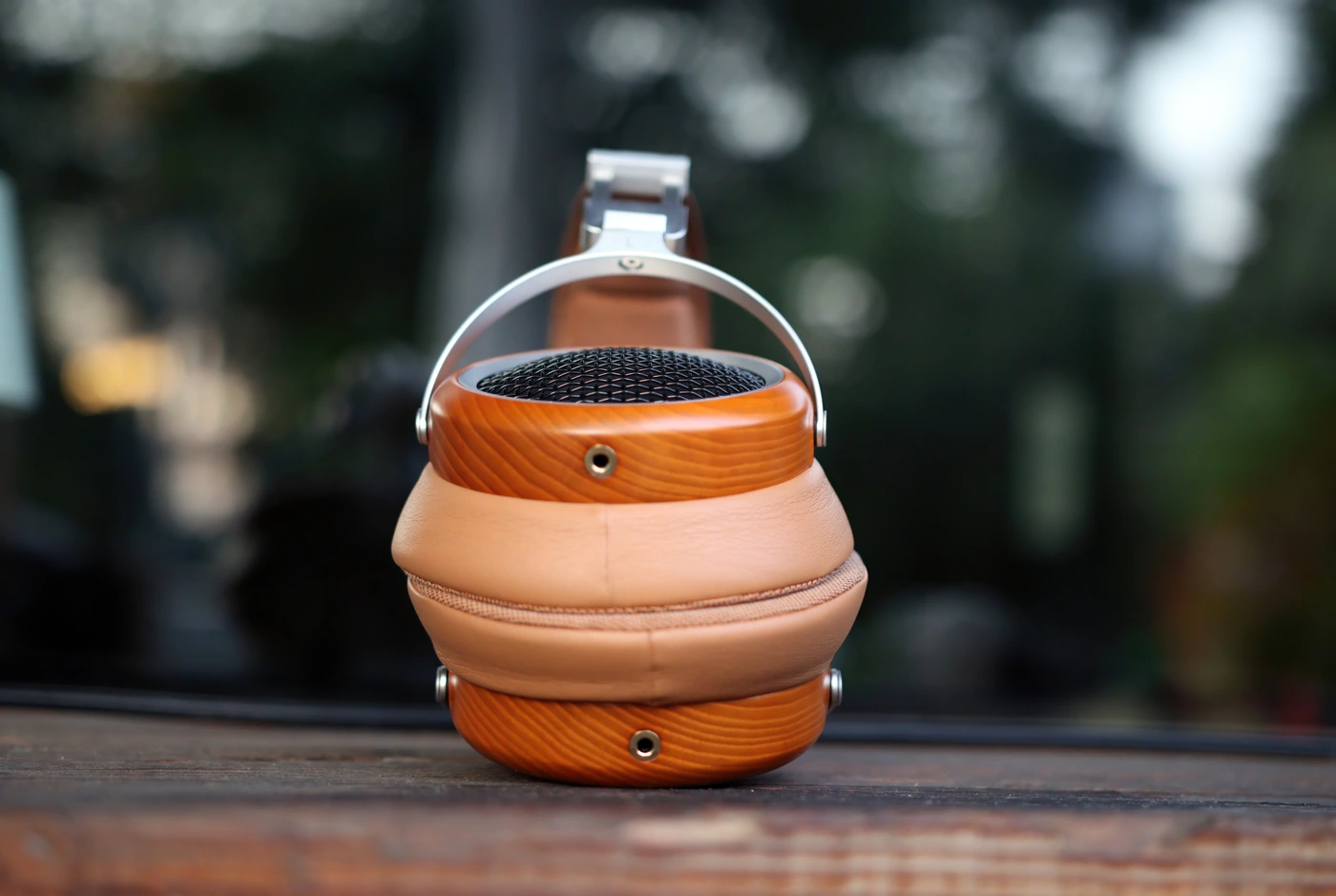
The design of the Sivga Luan is super ergonomic, and in practice they are super fun to wear, plus the magnets inside are oversized, 24.5mm sitting at the back of the 50mm driver, with NdFeB magnets that have a potency of 350 KJ / m3. Sivga Audio calls the cable the Seraph, and it features a durable PVC outer layer that offers it both flexibility and protection. It is tangle-free as promised, although it can be ever so slightly springy. It is available in 3.5mm single ended format only, but there is a 3.5mm to 6.3mm adapter included in the package.
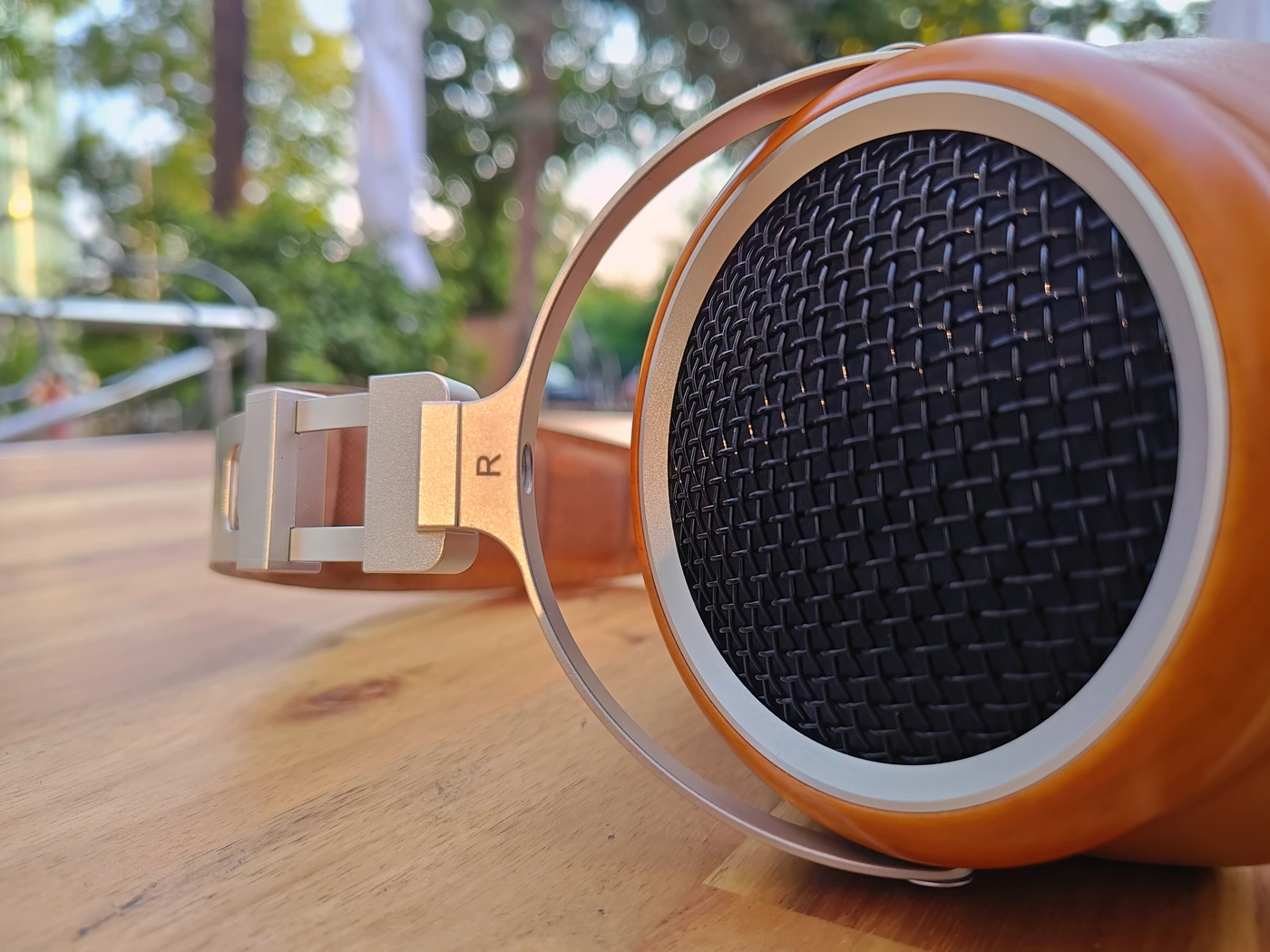
The actual weight of the Luan is light, and at 354 grams, it is one of the lightest headphones out there, with a low impedance of 38 OHMs, and a decent sensitivity of 100 dB. At this kind of sensitivity and impedance, Luan should be somewhat hard to drive, and while it needs a decent power source to be driven well, it is not a problem for the likes of Aune S9C PRO, FiiO K9 PRO, Astell & Kern ACRO CA1000T, or even smaller sources such as JDS Element III MK2, or even tiny dongle DAC AMPs like Shanling UA5. All in all, I was able to drive the luan even straight out of an ASUS ROG 7 Smartphone with no AMPs, so you shouldn’t worry too much about the sound.
Sound Quality
Knowing the price point of SIVGA Luan of 359 USD, it is fair to recommend and to do actual real world pairings with sources that would make sense for them, so for today’s review I’ve been using Hiby R2 II, JDS Labs Atom+ Hevi connected to a JDS Labs ATOM+ DAC, Aune S9C PRO, Shanling UP4 2022, iBasso DC4PRO, HIDIZS XO, and EverSolo DAC-Z6. All of those are able to drive Sivga Luan really well, with the mention that it is a somewhat brighter sounding headphone, and a source like Aune S9C PRO or FiiO K9 PRO will sound brighter, and more open with it, to the point where I would recommend using warmer, smoother and deeper sounding sources like JDS Labs Element III MK2 Boosted.
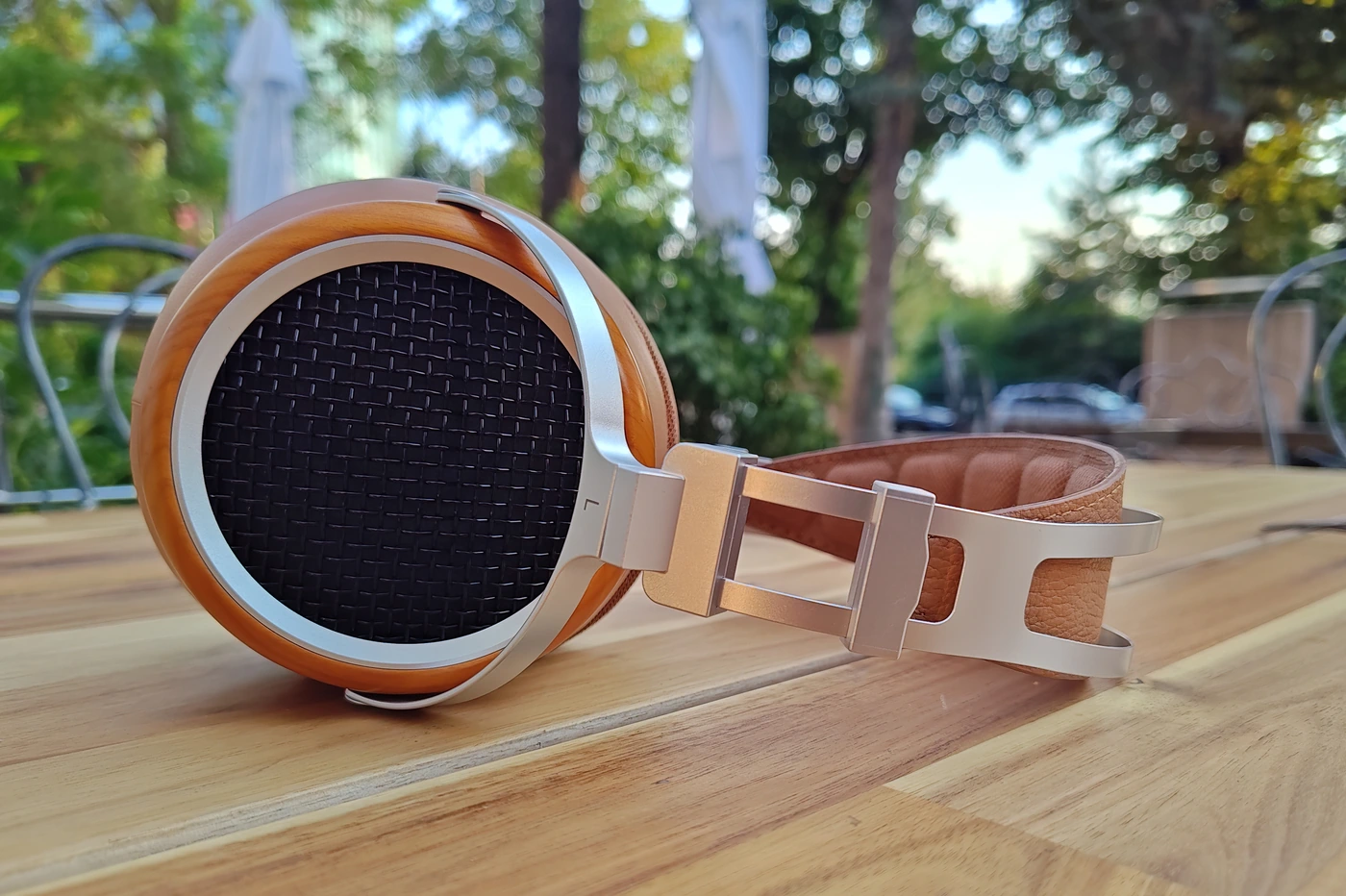
The overall presentation of Sivga Luan can be described as neutral, super clean, detailed, with a deep, yet non overpowering bass, a really good resolution, detail and a wide, deep soundstage. The midrange is neutral, presents both male and female voices with a slight sweet undertone, and the treble is rather bright, clean and holographic. I love the way Luan can really put you right in the action with all music, having a forward midrange that is pleasing, sweet and musical / fluid. Sivga Luan can really resolve details better, and even comparing them to headphones 500 USD and above, it can still be as resolute, especially with the right source, but this can result in a somewhat edgy treble. If you are sensitive to stronger treble, you will likely find Luan to be too analytical and revealing in the midrange and the treble.
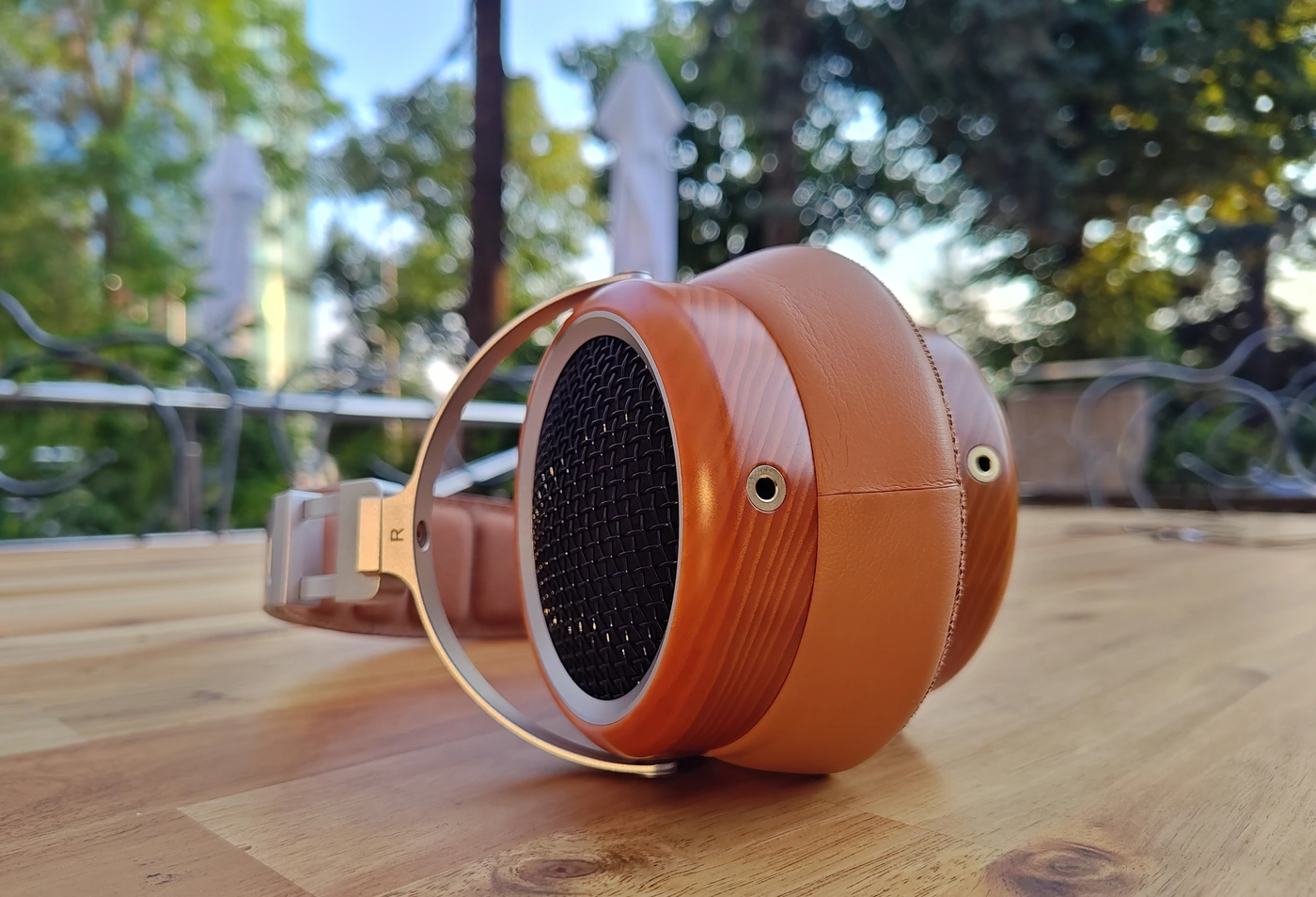
Starting with the bass, the sound is clean, deep and the sub bass is present, but not a central element of the sound. As I can consider the whole sound to be neutral – natural, the bass is not overly strong, but it can go as low as it needs to for the music you’re enjoying. The bass has good control as long as the source material has good control, it can reveal source material problems easily, and in fact the whole sound of the Luan feels like those could be the ideal monitoring / mixing / mastering headphones. The bass is mostly neutral in the presentation, and the upper bass has a similar power and presence as the sub bass, which is neutral, the upper bass is not overly warm nor more forward. With Follow The Leader, a song by YFU Baby, I can hear the background vocals and synth notes much clearer and more forward than the bass and the low end impact, which helps better define Luan as a neutral / natural headphone in my mind.
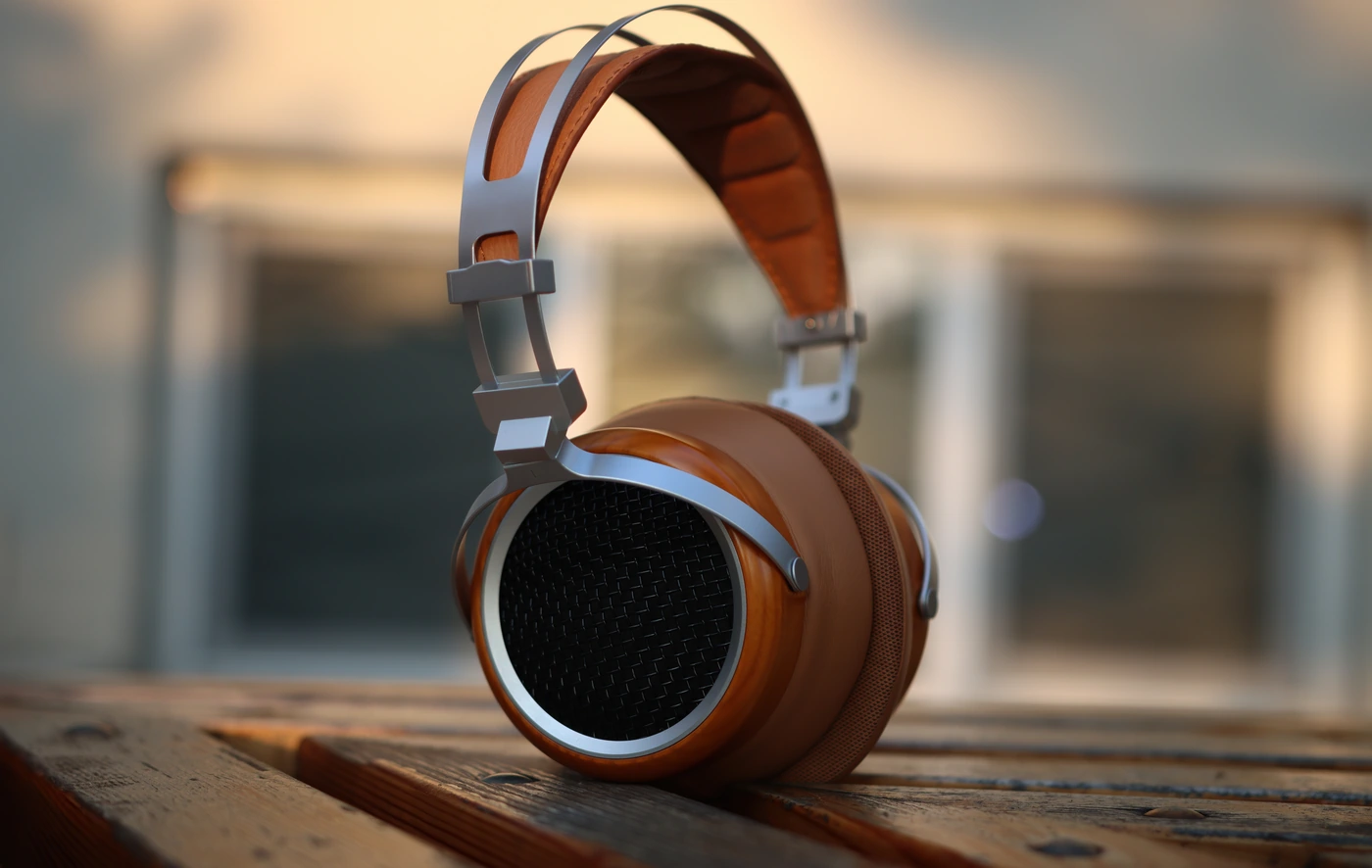
The midrange starts very neutral, since we have a lower midrange that is fairly neutral, clean but natural. The mids are present and more forward in the mix, similar to the way all other Sivga Headphones and Sendy Audio headphones present music. I noticed a similar trend even in the flagship Sendy Audio Peacock, and Luan follows a similar trend of bringing forward the midrange, where you hear the most detail and clarity in music. We have outstanding micro detail and texture precision, along with a really good sense of dynamics and impact. Most of the impact in the Sivga Luan headphones is in the midrange, where you can hear literally everything. The way Luan presents music has exceptional spatial placement, and instrument separation is also top notch, and since they have a natural – wide presentation that extends well in both width and depth, you’re placed in the center, while music is playing all around you. The upper midrange is slightly more forward than the lower midrange, but we have a smooth, fluid texture for all instruments in the mids, and a noticeable sweet undertone for female voices. Male voices are present naturally, towards very slightly thin. I noticed that in the Dance Gavin Dance – Synergy piece we have a really strong spatial placement of guitars, and left / right panning is strong, with the lateral placement being slightly stronger than with most headphones, we have a really good sense of space, and it is almost like both John Mess’s voice and Tillian’s voices are coming from different directions, with the mastering being done in such a way that Tillian’s voice fills the entire soundscape, while John Mess’s voice screams from the laterals instead. Luan also handles dynamics exemplary, highlighting all the finer details in the guitars and cymbal crashes really well.
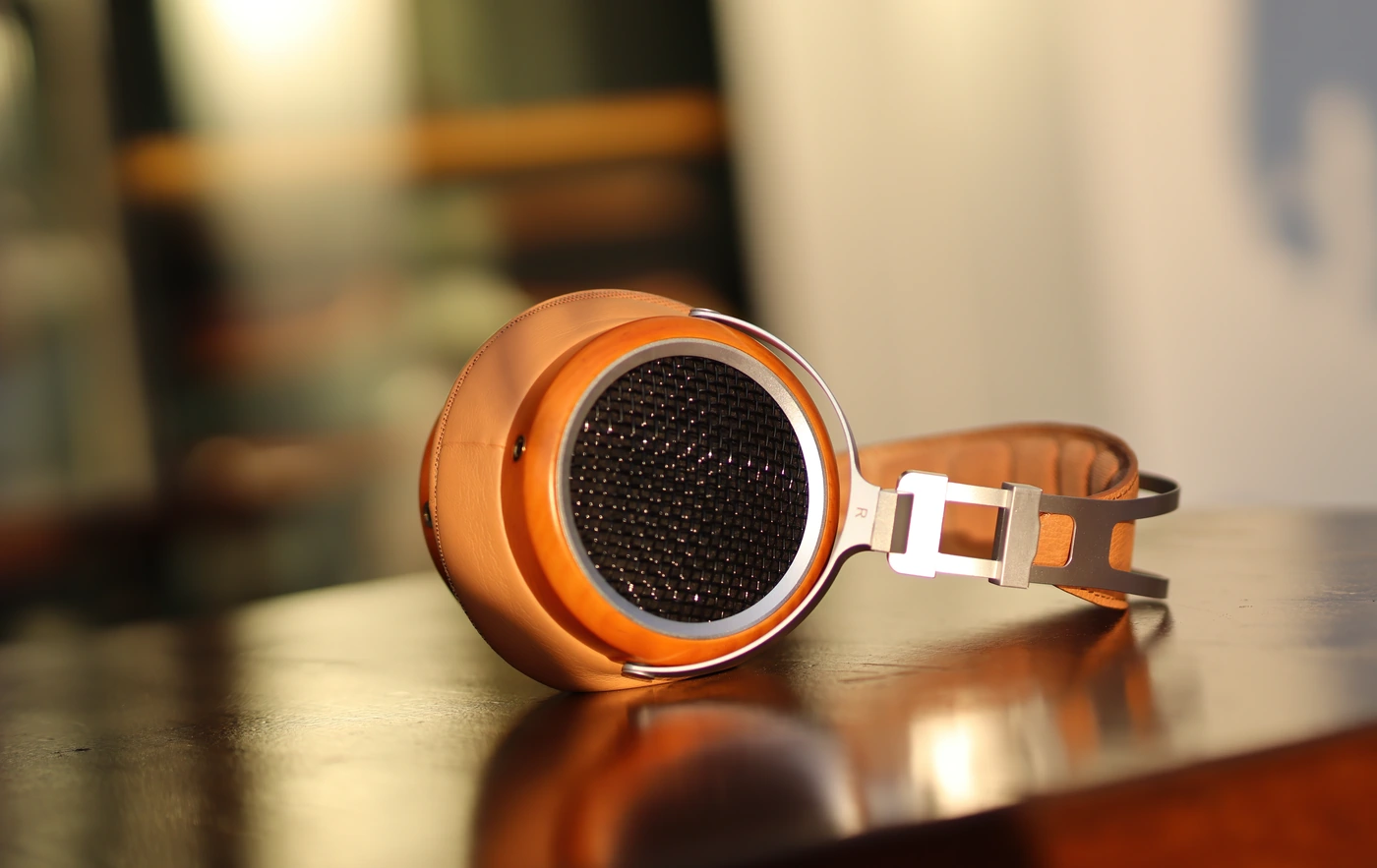
Sivga Audio is known as a company that does not shy away from a stronger, brighter treble, and Luan follows this tradition, as we have a full extension for the treble of the Luan, with virtually no roll-off, but a good amount of air and space between instruments, and a bright edge to all instruments, especially guitars and drums. This helps a lot with screamed voices, and female voices, which sound natural and never roll off too quickly in the high-end extension. The treble is smooth – natural in textures, and it keeps a good amount of details and clarity, all while avoiding being too harsh or stuffy. Once again in the Dance Gavin Dance – Strawberry’s Wake song I am surprised by how clean, crisp and well separated the song is as presented by Sivga Luan. The ethereal bass notes that are supposed to shine all throughout the sonic scope do as such, while smaller notes that play only in the right ear will play as such, and the voices are really strong and forward, everything sounding really vivid and enjoyable.
Comparisons
SIVGA Luan vs OLLO S5X (359 USD vs 489 USD) – We have excellent build quality for both, but Luan uses smaller components that seem better defined, while S5x feels a bit more like craft work, like most handmade headphones. We have a harder to drive headphone in the OLLO s5X, but the comfort is comparable between them, both have soft earpads that are easy on my head, and both have a good weight support mechanism. The cable included with s5X is slightly better, but I find the Sivga Audio transport case really useful in practice. Sonically, Sivga Luan is much brighter, more neutral, and the tonal balance is designed to bring voices and the mids forward, all while bringing the bass back. OLLO s5X has a much stronger bass, with more depth, more presence and substance, it brings the voices and midrange back, and has a much smoother, recessed treble that is relaxed, while Luan has a brighter, stronger treble that reveals details and micro details better. This all means that Luan will have a wider, more holographic soundstage, while S5X will focus better, have more impact, and sound heavier, deeper and present music as heavier.
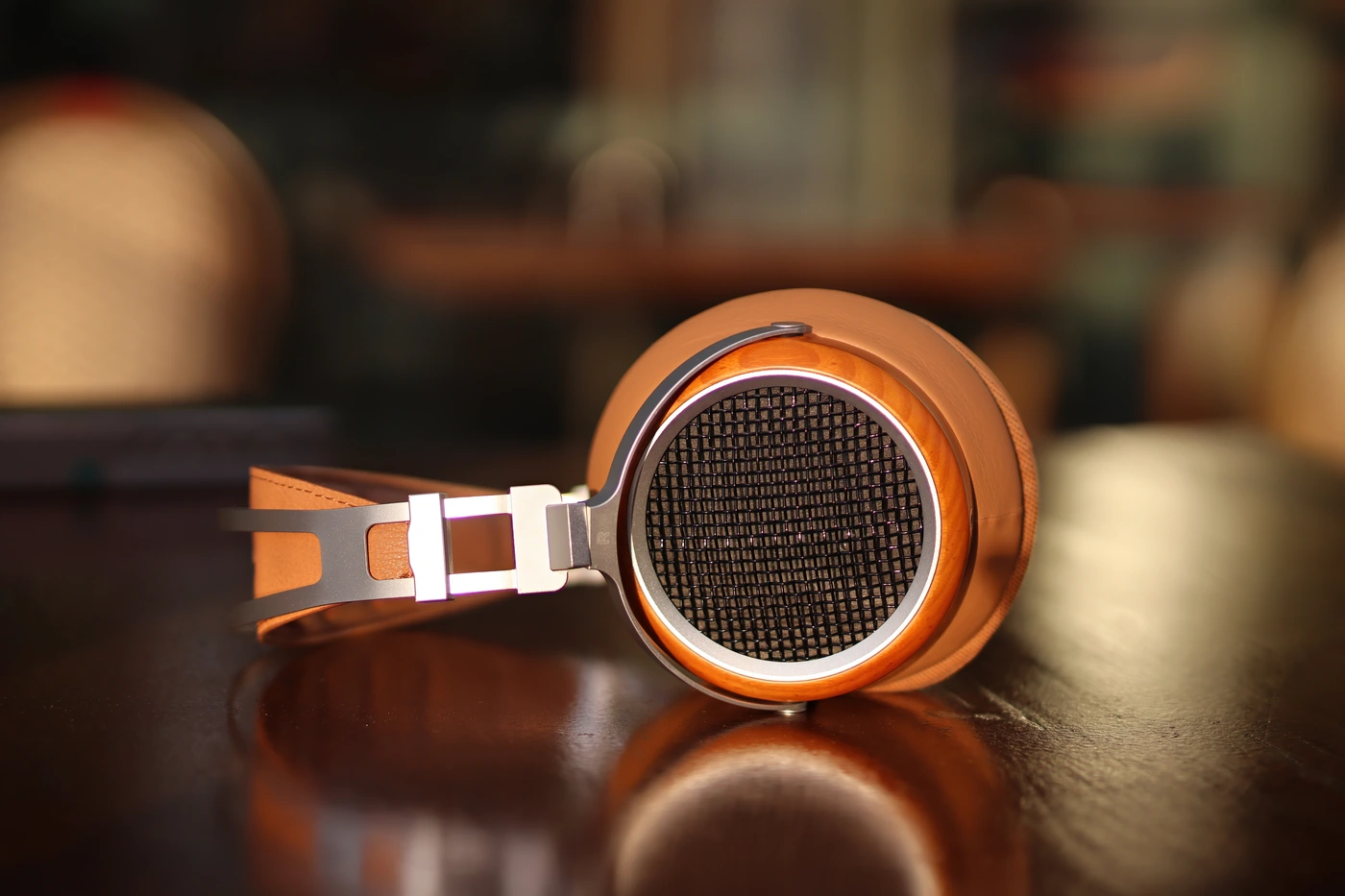
SIVGA Luan vs HIFIMAN Edition XS (359 USD vs 499 USD) – It is fair to start by saying that Edition XS feels slightly larger in size than the Luan, but they are similar in comfort, thanks to the ultra soft earpads of the Luan. Edition XS does have more space for my ears inside the earcups, but it is harder to drive and needs quite a bit more power to be driven well compared to the Luan. We have a wide and holographic presentation for both, but Luan is actually slightly gentler around the edges compared to Edition XS. Edition XS can sound more vivid, a bit more detailed in the micro details, and have a stronger bass, a warmer midrange, and a smoother / thicker midrange too. The treble is bright with both, and I think that here the differences boil down more heavily the the way Dynamic Drivers and Planar Magnetic drivers handle music in general, Edition XS has a much larger driver size, which helps it sound wider than the Luan, but Luan comes off as more smooth in the textures thanks to the smaller, and more weighty driver. Edition XS thus comes out as being warmer, thicker and slightly heavier in sound, while Luan sounds lighter, more neutral, both handle all music well, and both are great headphones regardless of what you’re listening to.
SIVGA Luan vs KLH Ultimate One (359 USD vs 400 USD) – The comfort is great for both of those, and the build quality is too, but Ultimate One has smaller earcups, so Luan is remarkably larger, has softer and larger earpads that make it much more comfortable for long hours of wear. They are both easy to drive, and need similar amounts of power, but the sound is really different. Ultimate One has a much smoother, deeper and rolled off in the treble sound compared to the Luan, which sounds more neutral, brighter and has a much stronger treble and a more present midrange, but lower amounts of bass. I think that if you mainly want a basshead headphone that is open back, Ultimate One is a great option, while Luan is better if you want a headphone that has a really clean presentation with less bass, a more forward and neutral midrange and with more impact in the mids. Luan extracts more detail from music, sounds wider and more holographic.
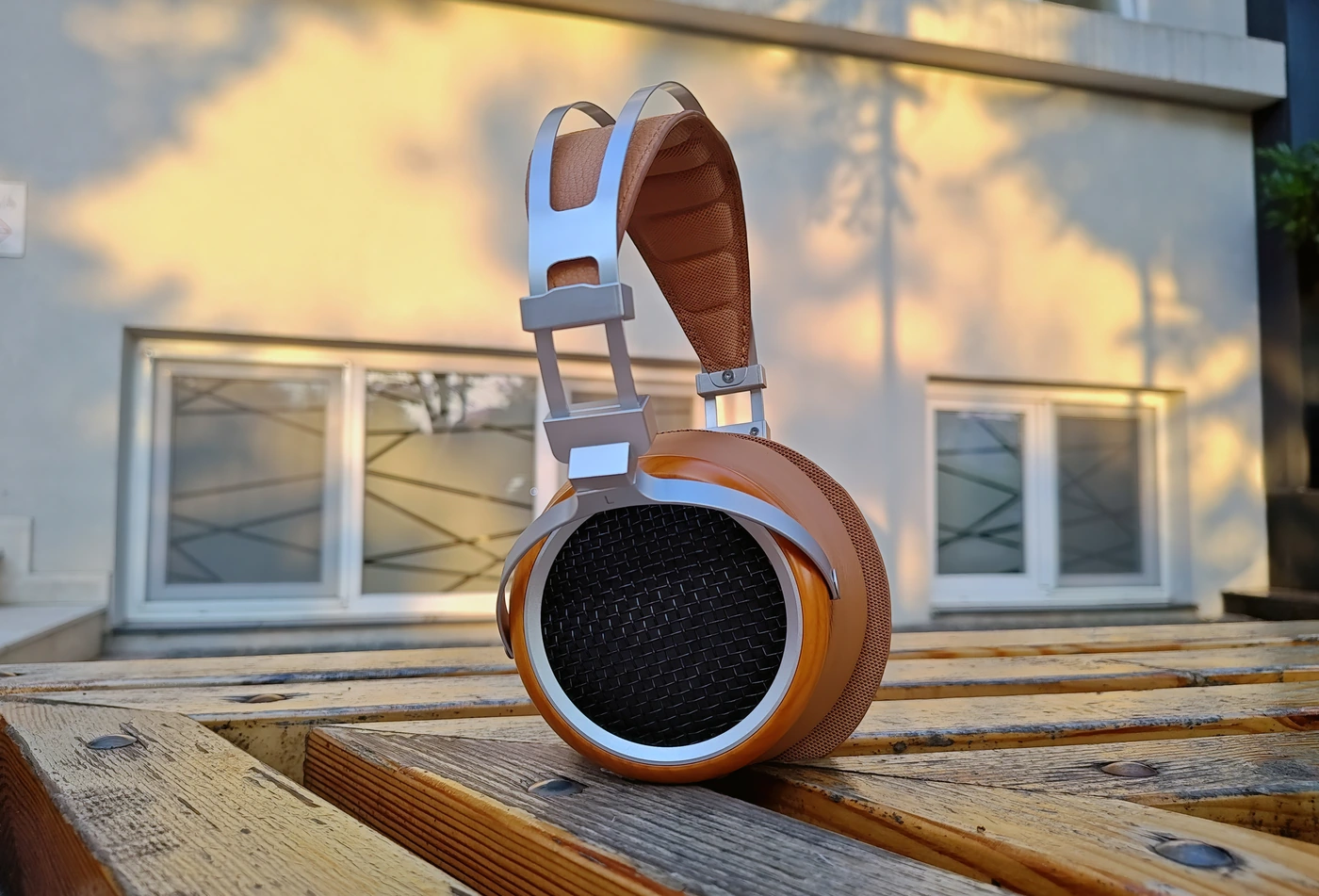
SIVGA Luan vs iBasso SR3 (359 USD vs 599 USD) – Since SR3 is known to be fairly neutral-natural in sound with a softer presentation, and also relaxing to wear, I think it makes a lot of sense to compare it to the Luan, and see if it is worth investing the extra money in SR3, or if you could get a pair of Luan and have a similar experience. Starting with the build quality, both are made really well, and while SR3 does not have as much metal in the build, it has larger earpads and larger ear cups that make it feel slightly more high-end. The cable that SR3 comes with is also better, it is balanced and better in design, but both have similar soft and large earpads. The inner part of the earpads is made of textile material for the Luan, and leather for SR3. It is much harder to drive SR3, and it needs a better and more powerful source that can handle high impedances, while Luan is a very general headphone that is much easier to drive and handle / pair. The overall sonic presentation is actually similar between them, both have a natural-neutral presentation, but Luan is brighter, but also deeper in the sub bass, with a slightly stronger impact, and more sweet overtones and a sweeter female voicing. SR3 sounds more mature, more neutral, and it is generally a headphone that has a more reference tuning, both make music beautiful, but SR3 is softer, gentler, while Luan is more punchy. SR3 has a higher dynamic, it handles classical and acoustic music more faithfully, while Luan handles pop, EDM, Rock and metal music better thanks to its sweeter undertones and sweeter voicing for female voices and guitars.
SIVGA Luan vs Erzetich Thalia (359 USD vs 599 USD) – Thalia is an on-ear headphone that is handmade in Europe, so they do feel more like a craftwork compared to the Luan, which feels like it is made in a high-end assembly line. The wearing comfort of the Luan is better, since the earpads are larger, the earpads and the headband are both softer, and overall the headphones are much larger. This is to be expected since Thalia is on-ear by design, while Luan is over-the-ear by design. Both headphones hare outstanding dynamics and a good cable in the package, but when analyzing the sound, Thalia is much warmer in the midrange, thicker sounding, with a dampened and softer, smoother treble, where Luan is more natural in the midrange, more neutral too, with a sharper, brighter treble that exhibits a stronger overall precision and refinement. Both headphones are great for all music styles, Thalia has a really special impact and presents more bass in music, while Luan keeps staying more neutral, which helps a lot with precision and clarity, and it also is always wider sounding and deeper, but this makes Thalia sound more romantic. I prefer the Thalia for music with male voices, for rock and for metal, it has a full and natural sound for guitars, cymbal crashes and all rock-related instruments, while Luan handles pop, and music with female voices better, giving a more forward presentation for female voices and a sweeter overtone and edge to those too.
SIVGA Luan vs Austrian Audio HI-X60 (359 USD vs 399 USD) – We have an open back headphone here, namely the Sivga Luan, and a closed back headphone, which is the HI-X60. Both of them have a flawless construction quality, and both have both metal in their build and both are comfortable. HI X60 is heavier and has a tighter fit on the head, plus they have the cable on just one side, and cannot be made balanced, compared to the Luan which could be used with a balanced cable designed for them. The drive factor is similar, they are both easy to drive by most sources, and both are portable enough to be fun to use outdoors. The sound is neutral for both of them, with outstanding detail, and both have excellent resolution and impact. The sub bass is deeper on the Austrian audio, which provides more impact, but the midrange is more forward on the Luan, which has a more open, wider, and more holographic sound that is also deeper. The treble is mostly bright on both, but Luan has a more natural treble sound, while Hi-X60 sounds a bit more edgy and has a bit of glare to their sound that is not present on the Luan. I would say that the overall sonic presentation is more pleasing as presented by the Luan, if you want a natural-neutral headphone with sweet and present voices, while AA Hi X60 is the kind of headphone that is more pleasing for those who are looking for an analytical signature, those who want a recessed midrange, and a more present bass and sub bass, to have more impact for EDM, Pop and electronic music, while Luan is more universal headphone that will reveal more detail in the mids, guitars, and audible instruments.
Value and Conclusion
It became a normal for us to see excellent price / performance ratio from companies like Sivga Audio and from SIVGA in particular, so it is no surprise that Luan punches way above its price point, and for a more neutral, clean and wide sounding headphone, it is a top choice and a headphone that I could recommend to anyone, any day of the week. The excellent comfort paired with the softer texture edge makes it a relaxing master that you could grab and fall asleep to, or a headphone that you could wear every single day even if you need to wear glasses, and never feel like a burden on your head.
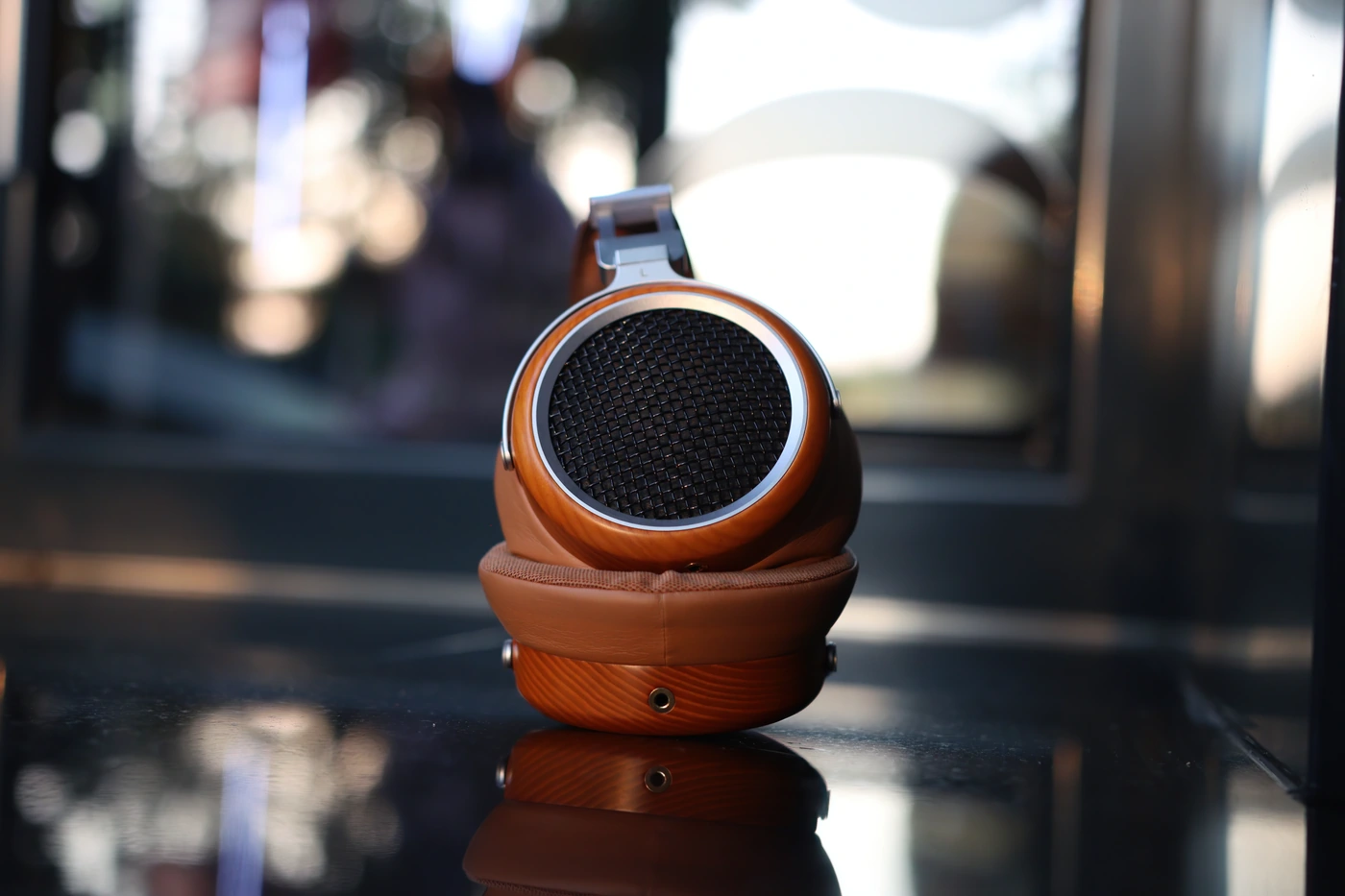
The open back design only helps with the soundstage and feeling of space inside of SIVGA Luan, and at the end of the day I would consider them to be an excellent choice, and a fully recommended purchase at the current 359 USD price point they are selling for. In fact, I like the sound so much that I will be adding the new Sivga Luan to the Audiophile-Heaven Hall Of Fame, for the exceptional dynamic, detail and soundstage it has, and naturally, for the price / performance ratio that’s downright unbeatable.
Product Link
You can grab one from www.amazon.com here: https://amzn.to/3ONqvZi
If you’re in the UK, you can grab one from www.amazon.co.uk here: https://amzn.to/3OJPoou
And if you’re from Europe, you can grab one from www.amazon.de here: https://amzn.to/3qfFiCC
--- Please remember to stay safe, and always have fun while listening to music!---
- If you have a dime to spare, please donate, and help us! It would make the day brighter for me and my wife-
Full Playlist used for this review
We listened to more songs than those named in this playlist, but those are excellent for identifying a sonic signature. I recommend trying most of the songs from this playlist, especially if you’re searching for new music! The playlists are different for Spotify, Tidal and Youtube, and based on the songs I enjoy and are available on each!
https://www.youtube.com/playlist?list=PL_cjBXGmwSHSdGcwuc_bKbBDGHL4QvYBu
https://open.spotify.com/playlist/5J3oloz8Riy9LxEGenOjQ0?si=979ba4f082414be7
https://tidal.com/browse/playlist/330fd544-8e5b-4839-bd35-676b2edbb3d5
--- Contact Us ---






[…] priced headphones, including Aune AR5000 (299 USD), Dekoni x HIFIMAN Cobalt (399 USD), and Sivga Luan (359 […]
[…] in the midrange price segment, including HIFIMAN Ananda Nano (599 USD), OLLO S5X (489 USD), Sivga Luan (359 USD), and Erzetich Thalia (599 […]